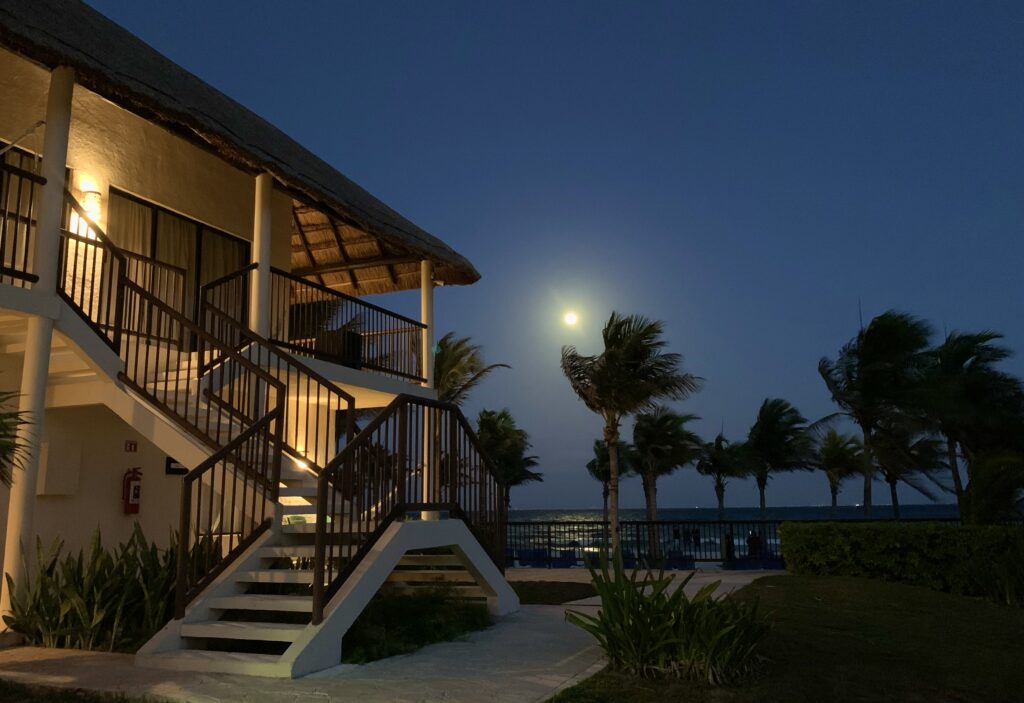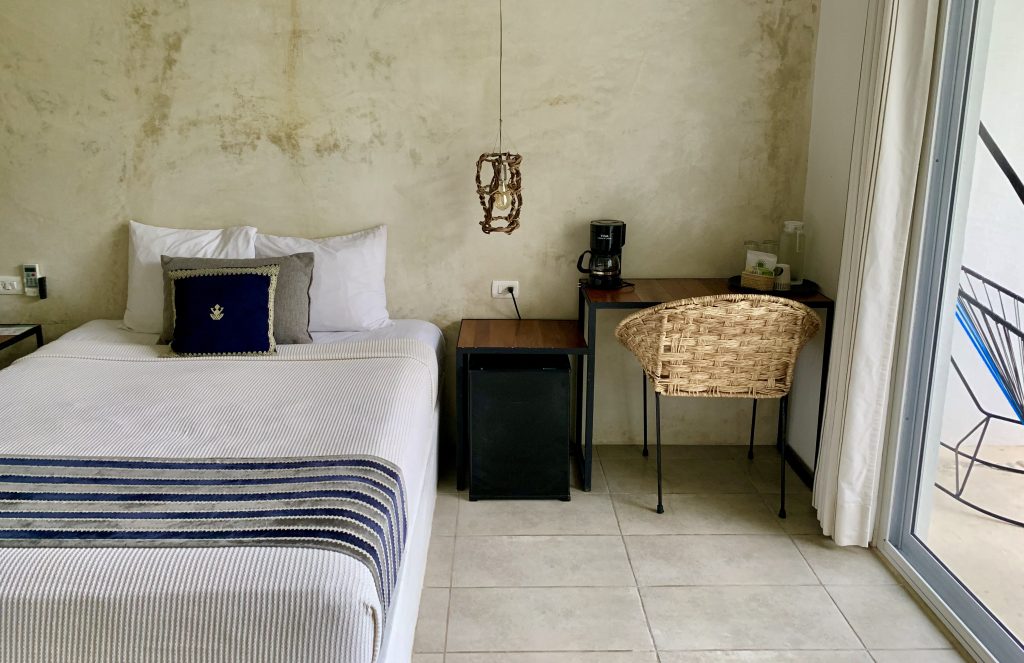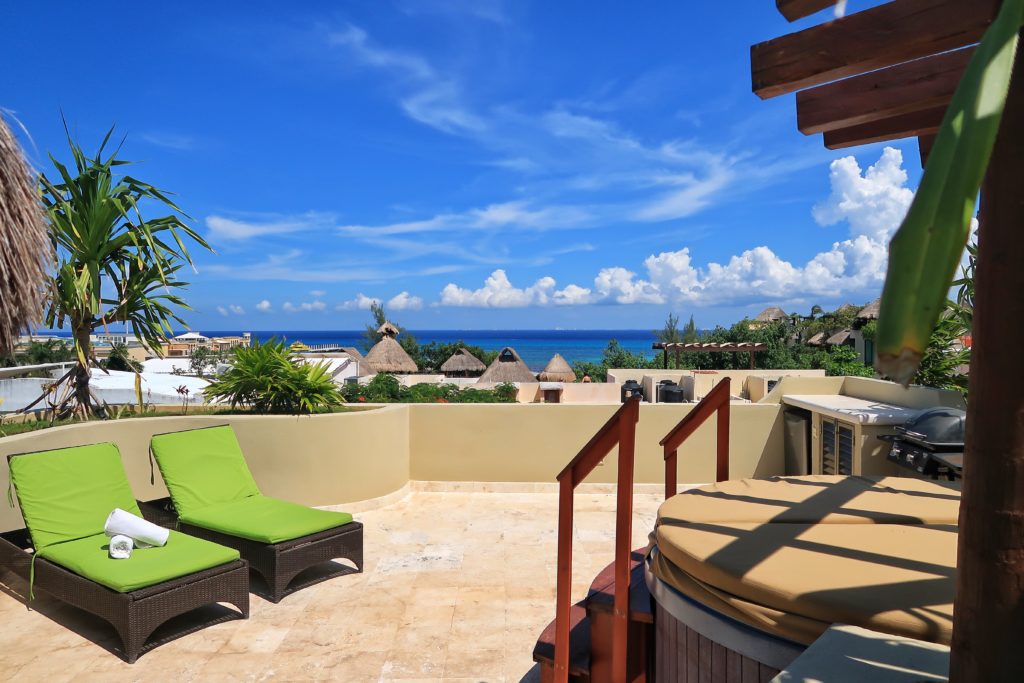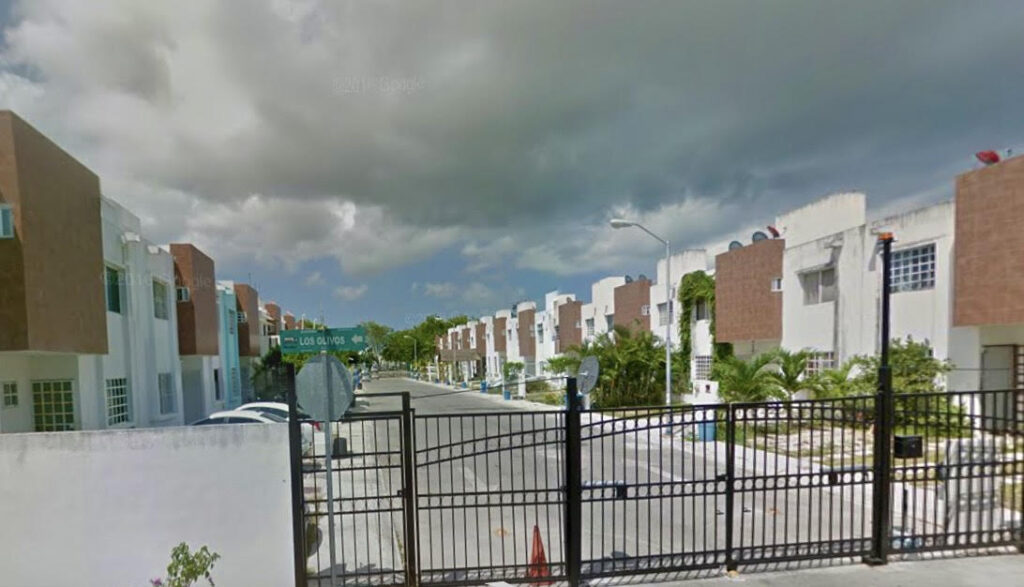
Is it better to build or buy a house in Mexico?
If you have thought about moving to Mexico, you might be considering building that dream home or maybe just looking to buy something. At any rate, you have two options, build a house or buy one. What is the best option for you? What hidden things might be waiting for you depending on what option you take? We will take all the common questions that foreigners have and give you our opinions based on what others have experienced and what honest advice we can pass on to you.
Is it cheaper to buy land and build a house in Mexico?

How much does a house in Mexico cost to build?
This is one of those questions that is impossible to answer based on the wide range of possibilities. But to be brief, it is much cheaper in Mexico to construct a house. Labor costs are where you save the most. Depending on what part of Mexico you are building, a day of labor can cost 300 pesos to 1000 pesos. That is what an hour can cost in many countries of the world. Materials cost similar to global standards because of globalization, just in Mexico you usually use less materials in a home construction. Also, in Mexico there are always alternatives to most costly materials.
The cost to build a house in Mexico can vary widely depending on several factors, including the location, size, materials used, labor costs, and the specific features of the property. Construction costs can differ significantly between urban and rural areas, and prices may also be influenced by the region’s availability of materials and local building codes. For example, in some places of Mexico the permits for construction can range from $0-$10,000 USD. Some rural areas have no permit process, while in cities like Playa Del Carmen, it can be extensive and thorough.
As a rough estimate, construction costs in Mexico can range from $500 to $1,500 per square meter (approximately $46 to $140 per square foot), but these figures are generalizations. In more upscale areas or tourist-oriented areas, construction costs are higher.
How to save on building a house in Mexico
Here are some tips on how to save money when building in Mexico.
- Work with local crafts people and architects that know the climate and how materials work in your climate.
- Working with local materials and using what is available can cut cost considerably.
- Mexico for the most part is a warm climate. There can be a lot of time spent outdoors. Have spaces that are open can help you cut cost and enjoy nature more. An example might be an outdoor cooking area or outside shower.
- Take all the factors into consideration before buying property. Beachfront can come with many building restrictions and added costs for example. Colonial cities and towns all have different historical restrictions that have to be factored into the design.
- Do it right the first time. This can mean doing it with quality the first time or just doing it right. It costs more to do the same things twice with cheap products than once with a good product.
- Open floor plans, less doors, moldings, open kitchen cabinets, and details will all cut costs almost by 20%.
- Most homes in Mexico have tile floors. Tile can range from 150 pesos a square meter to 1000 pesos or more. Tile selection can change costs a lot. Or perhaps you would like polished concrete floors. This option can save thousands of dollars in materials and look good as well.

Is it a good idea to buy property in Mexico?
- Mexico is close to the US and Canada for flights. This makes visiting family and taking care of business easier. Mexico is also well connected via airports to both West and East coasts.
- Mexico has a fairly stable government and economy.
- Residency status is fairly straight forward and for those that wish to move to Mexico, it is fairly easy. Many have already done it and paved the way for an easier transition.
- Mexico has exact laws as to what property comes with title and what restrictions there are for different types of properties. This makes buying property more comfortable with many laws and protections in place for buyers.
- Property values almost always increase or hold value in Mexico. So, it is a good investment based on financial considerations.
- Many parts of Mexico have robust tourism markets. This allows many to rent out properties when not in Mexico. This is an added benefit to buying in Mexico.
- You will save on overall costs if you buy land and build your own home if you have experience or research well.

Can I buy a house in Mexico for $100,000USD?
Yes, it is possible to find houses in Mexico for $100,000 USD or even less, depending on the location, size, condition, and other factors. Mexico offers a wide range of real estate options, from affordable homes in smaller towns to more expensive properties in popular tourist destinations or larger cities.
Keep in mind that real estate prices can vary significantly across different regions of Mexico. In some areas, especially outside major tourist destinations, you may find properties that fit your budget. Additionally, the cost of living and property prices tend to be lower in less urbanized areas. See our article about living in a small town in Mexico.
Urban houses for less than $100,000 USD?
You will see many modern looking row homes or townhouses for sale online. These are built in planned developments called fraccionamientos. These are designed for low- and middle-class Mexicans to enter the property market. It should take a lot of research for foreigners looking at these types of housing because there are a lot of things to take into consideration. See our article about buying in a fraccionamiento. Our article talks about the things you need to watch out for and the advantages and disadvantages of these types of developments.
In general, these types of developments are good for families or an older couple that finds a quieter development. We would not suggest looking at houses under $100,000 USD because these neighborhoods tend to louder, more crowded, and present issues for living in peace. These developments can be attractive because of the low price and services included. However, it should be noted that most of the time these areas are for long term living/investments, not renting out for vacation rentals, nor a quick sale to make money.

Do homeowners pay property tax in Mexico?
Yes, homeowners in Mexico are generally required to pay property taxes, known as “predial” in Spanish. These taxes are assessed at the municipal level, and the rates and regulations can vary from one municipality to another. Property taxes are typically based on the assessed value of the property. If you build a home on a piece of land, it will be assessed, and your complete property tax bill will be calculated. Homeowners in Mexico are responsible for paying their property taxes annually. These are usually paid at the City Hall in the municipality you live. The amount owed is calculated based on factors such as the location, size, and value of the property. Property taxes usually only increases minimally each year. It’s essential for property owners to be aware of their tax obligations and to keep track of payment deadlines to avoid penalties or interest charges.
Are property taxes expensive in Mexico?
Property taxes in Mexico can vary depending on the location, the value of the property, and local regulations. In general, property taxes in Mexico are considered to be lower than those in many other countries, including the United States and Canada. Mexico is a bit different in the thinking. The basics for life, home, water, electricity and a few other services are taxed low, and subsidies are given so people can afford homes and cost of basic living. For example, annual taxes on a condo in Playa Del Carmen can cost about $100 USD a year. Most people pay less than $500 USD a year in taxes. Some parts of Mexico it can be as low as $30 USD a year!
Property taxes in Mexico are typically assessed at the municipal level. In some cases, property taxes may be as low as 0.1% of the assessed property value. Additionally, Mexico has implemented measures to encourage homeownership, such as providing discounts for prompt payment or for senior citizens. Many places, like Playa Del Carmen, offer discounts for paying before the end of the year for taxes. At times it can be up to 50% off your annual tax bill.
When you buy a house in Mexico do you own it?
In Mexico, foreigners can own property, including houses, within a restricted zone that extends 100 kilometers (about 62 miles) from the country’s borders and 50 kilometers (about 31 miles) from its coastlines. This restricted zone was established to protect national interests, and within this zone, foreigners traditionally could only acquire property through a bank trust known as a “fideicomiso” or through a Mexican corporation. This costs about $500-$800 USD a year in a payment to the bank.
Under the bank trust system, a Mexican bank holds the legal title to the property on behalf of the foreign buyer. The buyer, however, maintains all ownership rights, can sell the property, and pass it on to heirs. The bank acts as a trustee, ensuring that the foreign owner’s interests are protected. There is a yearly fee for the fideicomiso that you pay to the bank. This added expense is offset by the low property taxes in Mexico.
If you buy outside of the restricted zone (more in the center of Mexico), you do not need a fideicomiso and you hold the title directly. However, most foreigners like living near the beaches where many popular tourists’ resorts are.
More reading on this topic….
- Renting apartments is something that might come first for people looking to move to the area.
- We have this real estate guide to Playa Del Carmen.
- Where do the expats live in Playa Del Carmen? This helps you see what areas people like and why.
- What are the best areas of Mexico to buy in? This is an overview to the entire country.
- Where the expats live on the Yucatan Peninsula. This is everything from beach towns to colonial cities.


We would like to thank you for your info. We have been deciding to build or buy. We have several land ideas and are looking to make a permanent move to Mexico.